Home>Gardening & Outdoor>Pool & Spa Care>How Close Can Hot Tub Be To House
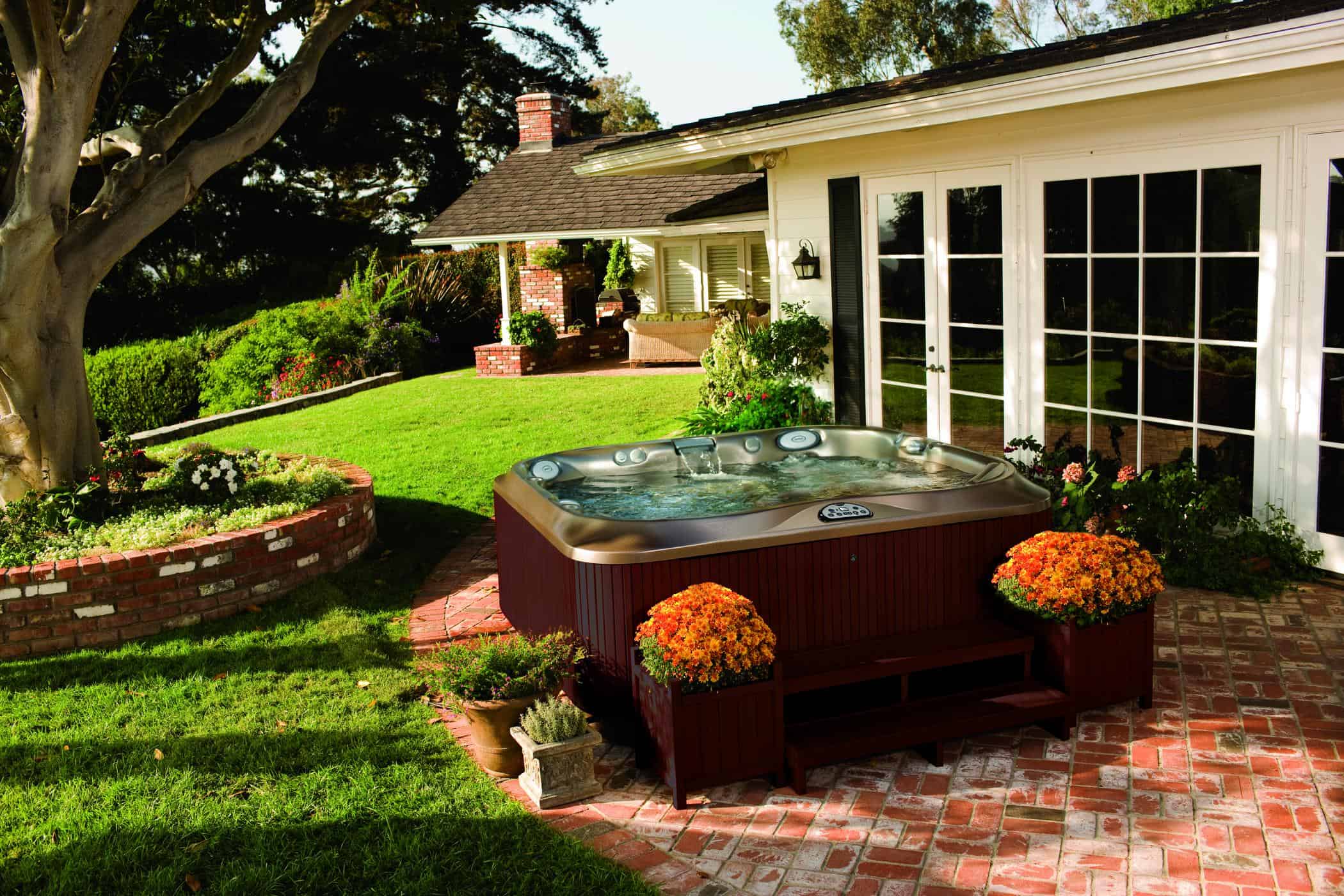

Pool & Spa Care
How Close Can Hot Tub Be To House
Modified: January 8, 2024
Learn about the ideal distance for placing a hot tub near your house and ensure proper pool and spa care. Get expert tips and guidelines here!
(Many of the links in this article redirect to a specific reviewed product. Your purchase of these products through affiliate links helps to generate commission for Storables.com, at no extra cost. Learn more)
**
Introduction
**
So, you've decided to add a hot tub to your backyard oasis. Congratulations! The prospect of soaking in warm, bubbling water while gazing at the stars is undoubtedly appealing. However, before you make the leap and install your new hot tub, there are several crucial factors to consider. One of the most important questions you might be pondering is, "How close can a hot tub be to a house?" This is a valid concern, as the proximity of your hot tub to your home can impact safety, building codes, structural integrity, and more. In this comprehensive guide, we'll explore the various considerations associated with the placement of a hot tub in relation to your house. By the end, you'll have a clear understanding of the factors to keep in mind as you plan the perfect spot for your hot tub. Let's dive in!
**
Key Takeaways:
- Safety is key! When placing a hot tub near your house, ensure clear access, consider structural load, and prioritize fire and electrical safety to enjoy your hot tub with peace of mind.
- Follow the rules! Check local building codes, consider structural implications, plan for electrical needs, and manage water drainage to create a safe and enjoyable environment for your hot tub installation.
Read more: How To Close A Hot Tub For The Summer
Safety Considerations
**
When it comes to the placement of a hot tub in relation to your house, safety should be your top priority. The proximity of the hot tub to your home can significantly impact the safety of its occupants and the structural integrity of your property. Here are some crucial safety considerations to keep in mind:
- Access and Egress: Ensure that there is sufficient space around the hot tub for safe and unobstructed access. This includes maintaining clear pathways to and from the hot tub, especially in the event of an emergency.
- Structural Load: Consider the weight of the hot tub, especially when filled with water and occupants. Ensure that the chosen location can support the weight without compromising the integrity of your home's foundation or structure.
- Fire Safety: Keep the hot tub a safe distance from any potential sources of fire, such as grills, fire pits, or flammable materials. This can help mitigate the risk of accidental fires spreading to your home.
- Electrical Safety: If the hot tub requires electrical connections, ensure that all wiring and outlets comply with safety standards and building codes. Improper electrical installations can pose significant hazards.
Prioritizing safety considerations when determining the placement of your hot tub near your house is essential for the well-being of your family and the longevity of your property. By addressing these safety factors, you can enjoy your hot tub with peace of mind, knowing that it has been positioned with safety in mind.
Building Codes and Regulations
When determining how close a hot tub can be to a house, it is crucial to consider local building codes and regulations. Building codes exist to ensure the safety and structural integrity of properties, and they often include specific guidelines for the installation of hot tubs. Here are some key points to keep in mind:
- Setback Requirements: Many municipalities have setback requirements that dictate the minimum distance between a hot tub and any structures, including houses, fences, and property lines. These setbacks are designed to prevent potential hazards and ensure adequate access for maintenance and emergency services.
- Permitting and Inspections: In most cases, the installation of a hot tub will require a permit, and the completed installation may need to undergo inspection to ensure compliance with local regulations. It is essential to familiarize yourself with the permitting process and engage qualified professionals to perform any necessary inspections.
- Electrical and Plumbing Codes: Building codes often include specific requirements for the electrical and plumbing components of hot tub installations. This may encompass the use of ground fault circuit interrupters (GFCIs), proper wiring methods, and adherence to plumbing standards to safeguard against electrical hazards and water damage.
By understanding and adhering to building codes and regulations, you can avoid potential legal issues, ensure the safety of your hot tub installation, and protect the value of your property. It is advisable to consult with a licensed contractor or building official to navigate the specific requirements in your area.
Structural Considerations
When contemplating the placement of a hot tub in close proximity to your house, it is essential to assess the structural implications. The weight of a filled hot tub, combined with the dynamic loads from occupants and the water's movement, can exert significant forces on the surrounding area. Consider the following structural considerations:
- Foundation Load: Evaluate whether the chosen location can support the weight of the hot tub, particularly when filled with water and occupants. A concrete slab or reinforced deck can provide a suitable foundation, but it is essential to verify that it meets the necessary load-bearing requirements.
- Proximity to House Foundation: Avoid placing the hot tub too close to the foundation of your house, as excessive water runoff or splashing can compromise the integrity of the foundation over time. Maintaining a reasonable distance can help mitigate potential issues related to moisture and soil erosion.
- Deck and Structural Attachments: If considering a deck-mounted hot tub, ensure that the deck structure is designed to accommodate the added weight and dynamic loads. Proper attachment methods and load-bearing capacity should be verified to prevent structural failures.
Engaging a qualified structural engineer or contractor can provide valuable insights into the specific structural requirements for your hot tub installation. By addressing these considerations, you can safeguard the integrity of your property and enjoy your hot tub with confidence in its structural compatibility.
The hot tub should be at least 10 feet away from the house to prevent moisture damage and ensure proper ventilation. Always follow local building codes and manufacturer’s recommendations.
Electrical Considerations
When positioning a hot tub in close proximity to your house, careful attention to electrical considerations is paramount. Hot tubs typically require electrical connections to power the heating elements, pumps, and control systems. Here are essential electrical factors to consider:
- Proximity to Electrical Outlets: Ensure that the chosen location for the hot tub allows for convenient access to dedicated electrical outlets. The outlets must be equipped with ground fault circuit interrupters (GFCIs) to protect against electric shock in wet environments.
- Wiring and Conduit: All electrical wiring serving the hot tub must comply with local electrical codes and be installed in waterproof conduit to safeguard against moisture intrusion. Proper wiring methods and insulation are critical for electrical safety and longevity.
- Electrical Load and Capacity: Verify that your home's electrical system can accommodate the additional load imposed by the hot tub. An electrician should assess the capacity of the existing electrical panel and make any necessary upgrades to ensure safe and reliable operation.
Engaging a licensed electrician with experience in hot tub installations is highly recommended to address these electrical considerations. By adhering to electrical codes and best practices, you can mitigate electrical hazards and enjoy the benefits of your hot tub with confidence in its safety and functionality.
Read more: How To Close Hot Tub For Winter
Water Drainage and Runoff
Considering the implications of water drainage and runoff is crucial when determining the placement of a hot tub in relation to your house. Improper drainage can lead to a range of issues, including soil erosion, foundation damage, and water intrusion into your home. Here are key factors to address:
- Grading and Slope: Assess the natural slope of the surrounding area to ensure that water from the hot tub and its vicinity will flow away from your house. Proper grading and drainage planning can help prevent water accumulation near the foundation, minimizing the risk of moisture-related problems.
- Surface Materials: If the hot tub will be installed on a deck or patio, consider the permeability of the surface materials. Porous materials allow for better water absorption and drainage, reducing the likelihood of standing water around the hot tub.
- Spillover and Splash: Account for potential spillover and splash from the hot tub when selecting its location. Maintaining a reasonable distance from your house can mitigate the impact of water splashing against exterior walls and windows, minimizing the risk of water infiltration.
Consulting with a landscaping professional or drainage specialist can provide valuable insights into mitigating water drainage and runoff challenges associated with your hot tub installation. By addressing these considerations, you can preserve the integrity of your property and ensure proper water management around your hot tub.
Conclusion
As you contemplate the placement of your hot tub in proximity to your house, it is evident that several critical factors demand careful consideration. Safety, structural integrity, compliance with building codes, electrical requirements, and water management all play pivotal roles in determining the ideal location for your hot tub. By addressing these considerations proactively, you can create a safe, enjoyable, and sustainable environment for your hot tub installation.
From a safety standpoint, ensuring unobstructed access, evaluating structural load-bearing capacity, and adhering to electrical safety standards are paramount. Additionally, familiarity with local building codes and regulations, including setback requirements and permitting processes, is essential to avoid legal complications and ensure compliance.
Structurally, assessing foundation load-bearing capacity, maintaining a suitable distance from the house foundation, and considering the structural implications of deck-mounted installations are vital for the long-term integrity of your property.
Electrical considerations necessitate careful planning to accommodate the hot tub's electrical requirements, ensuring safe and reliable operation without compromising your home's electrical system.
Lastly, managing water drainage and runoff effectively is crucial to prevent issues such as soil erosion, foundation damage, and water intrusion into your home. Proper grading, surface materials, and strategic placement can help mitigate these concerns.
By integrating these considerations into your decision-making process, you can confidently select an optimal location for your hot tub, harmonizing safety, functionality, and longevity. Whether nestled on a deck, integrated into a patio, or strategically positioned in your backyard, your hot tub can become a cherished retreat, offering relaxation and rejuvenation for years to come.
Frequently Asked Questions about How Close Can Hot Tub Be To House
Was this page helpful?
At Storables.com, we guarantee accurate and reliable information. Our content, validated by Expert Board Contributors, is crafted following stringent Editorial Policies. We're committed to providing you with well-researched, expert-backed insights for all your informational needs.
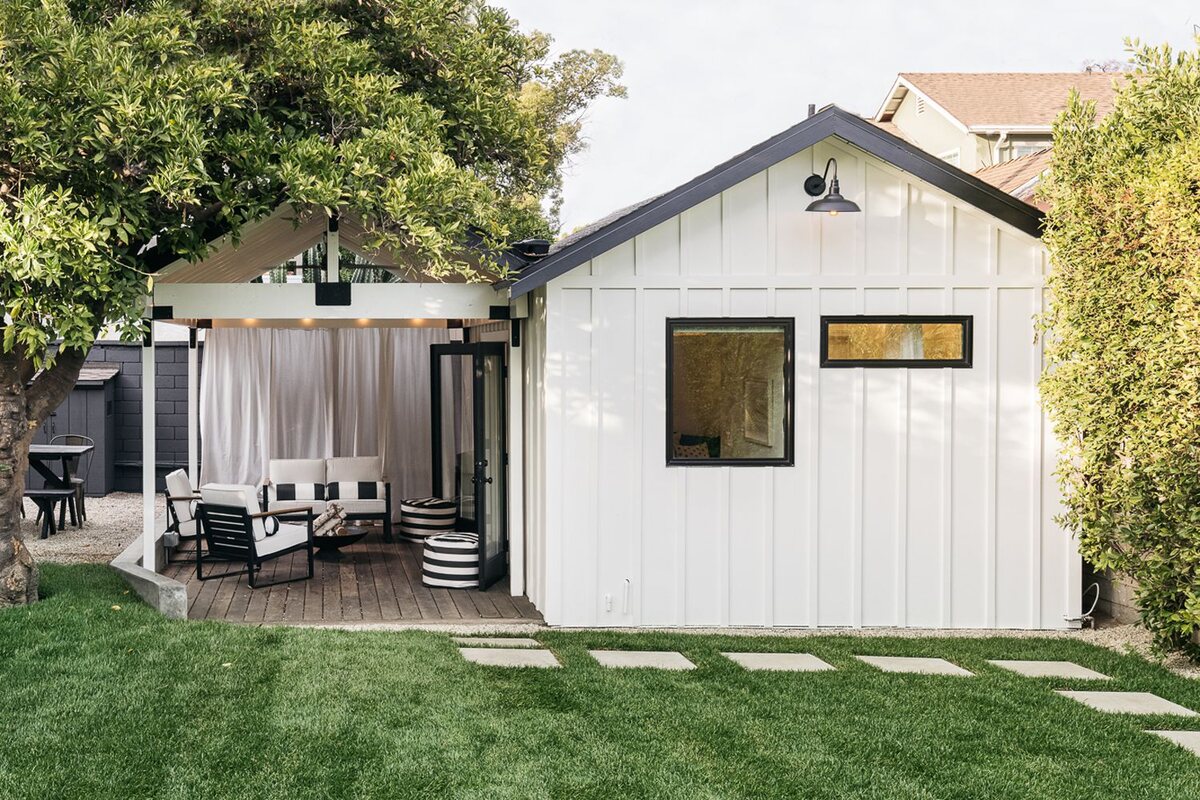
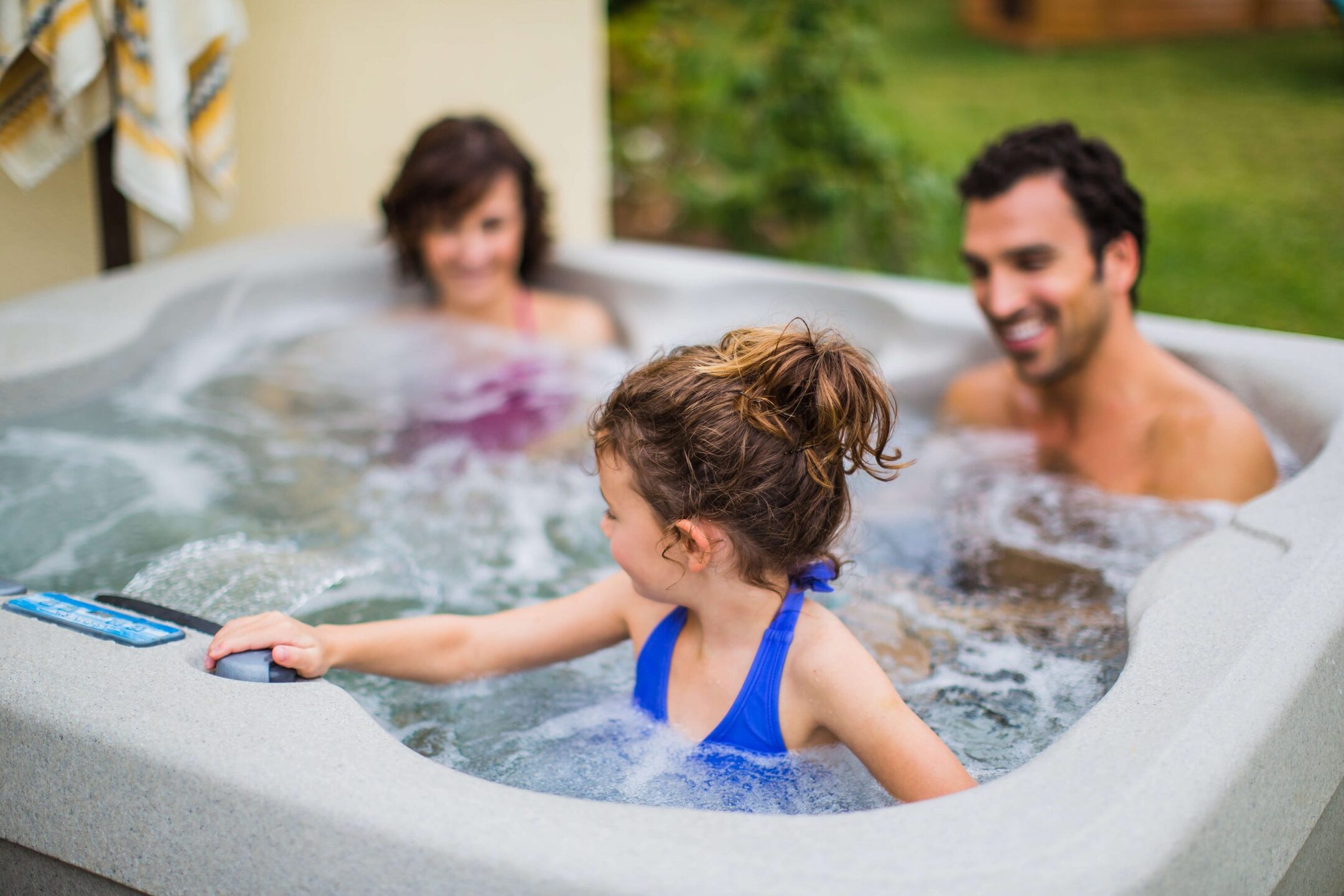
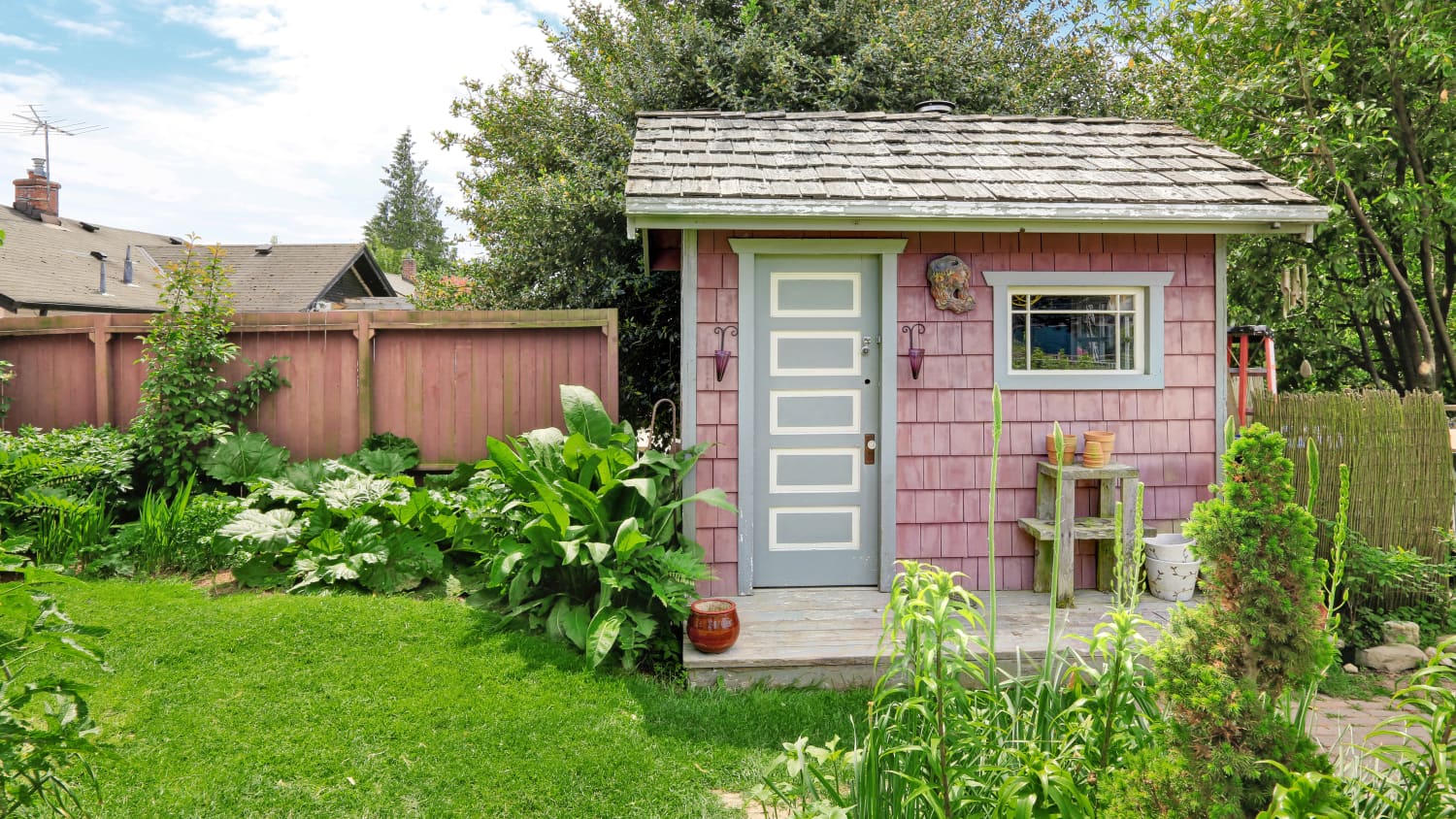
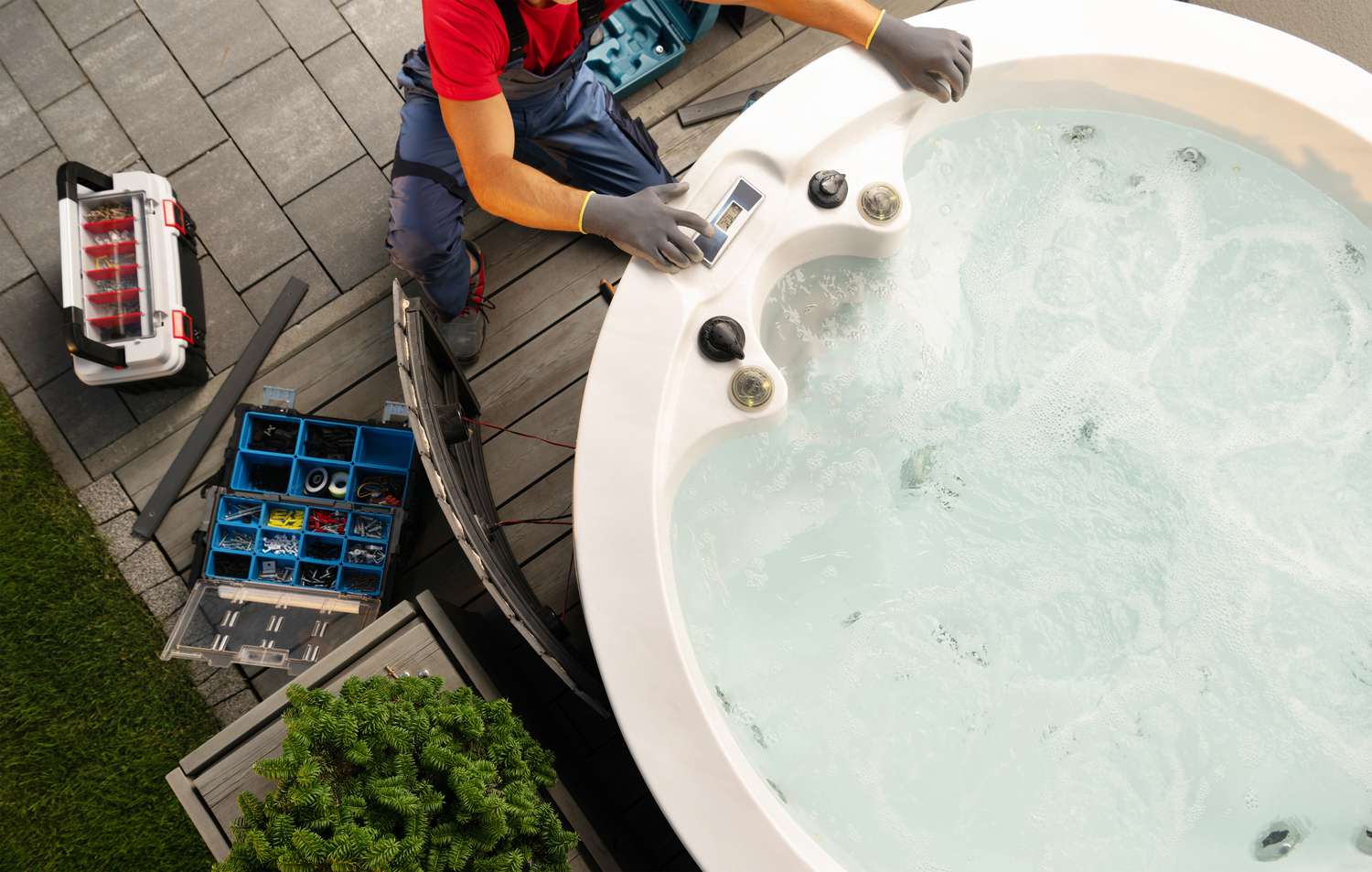
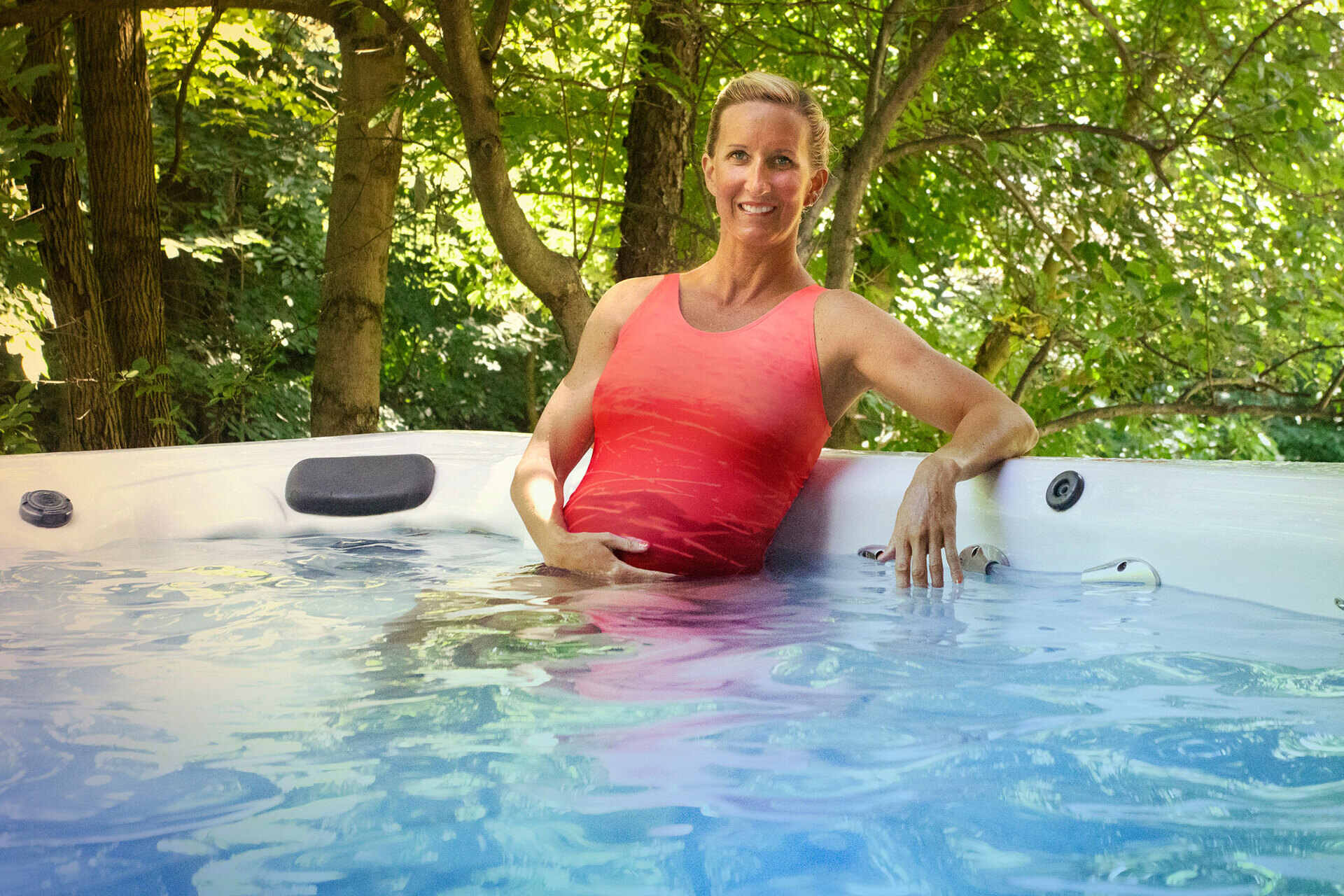
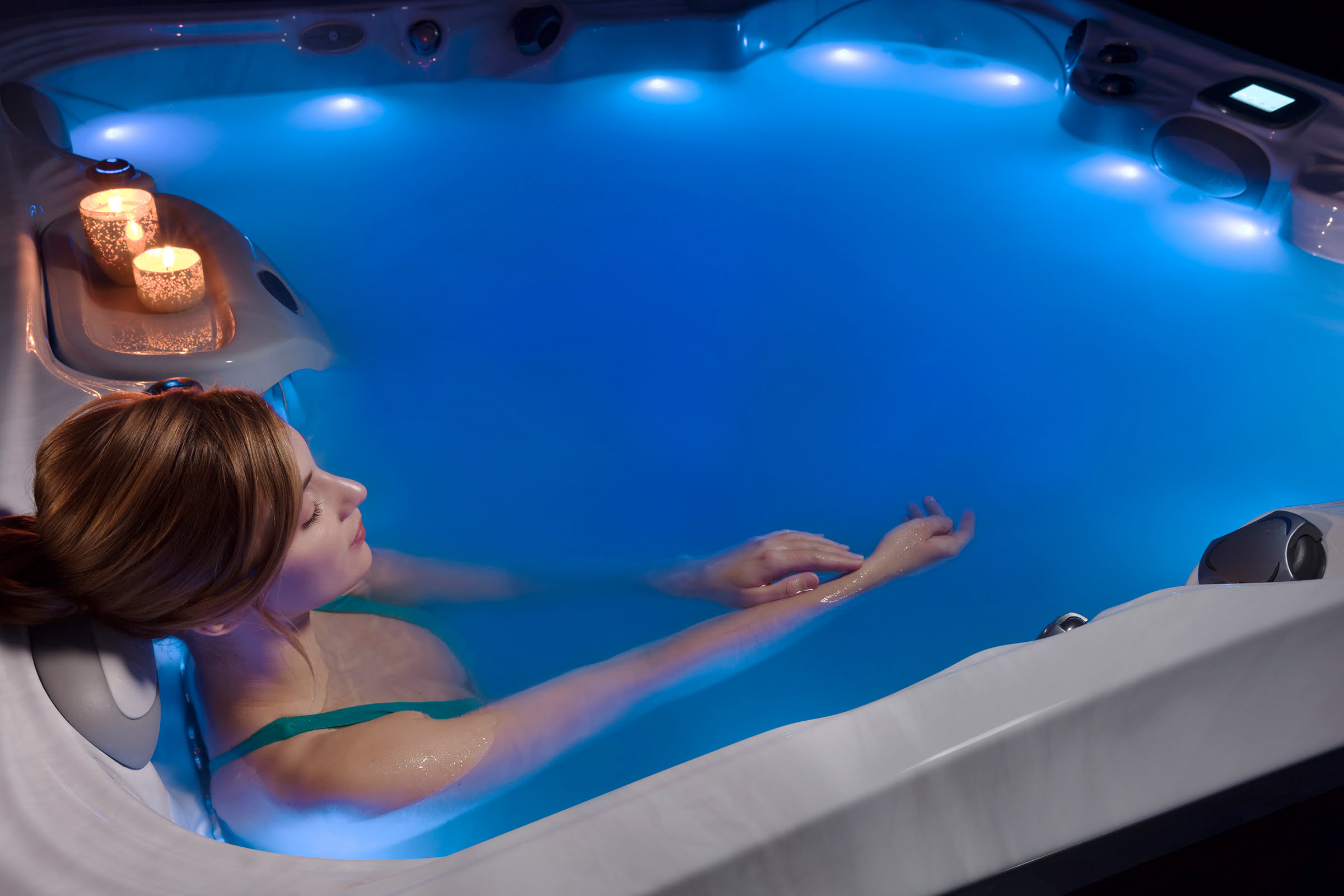

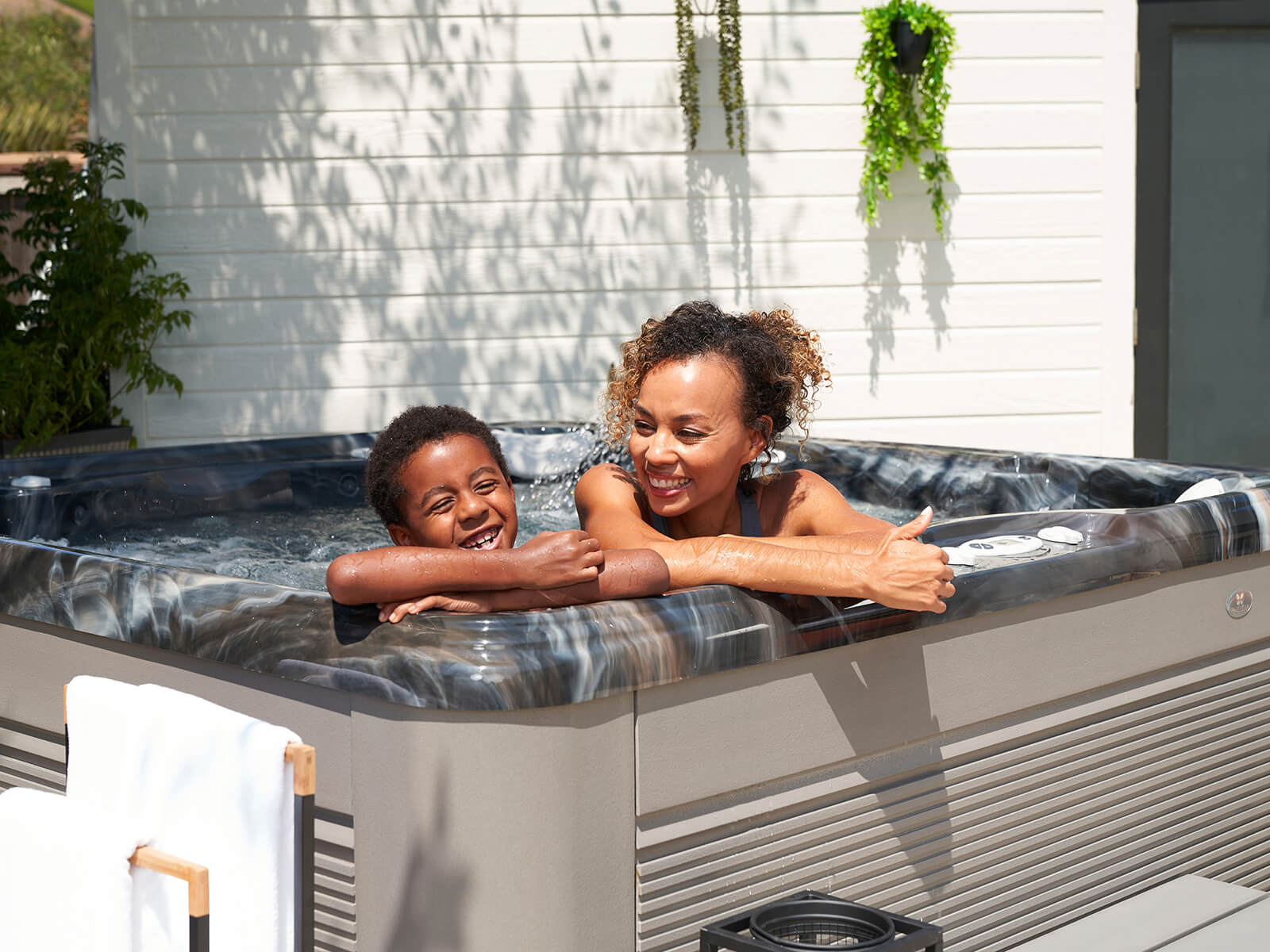
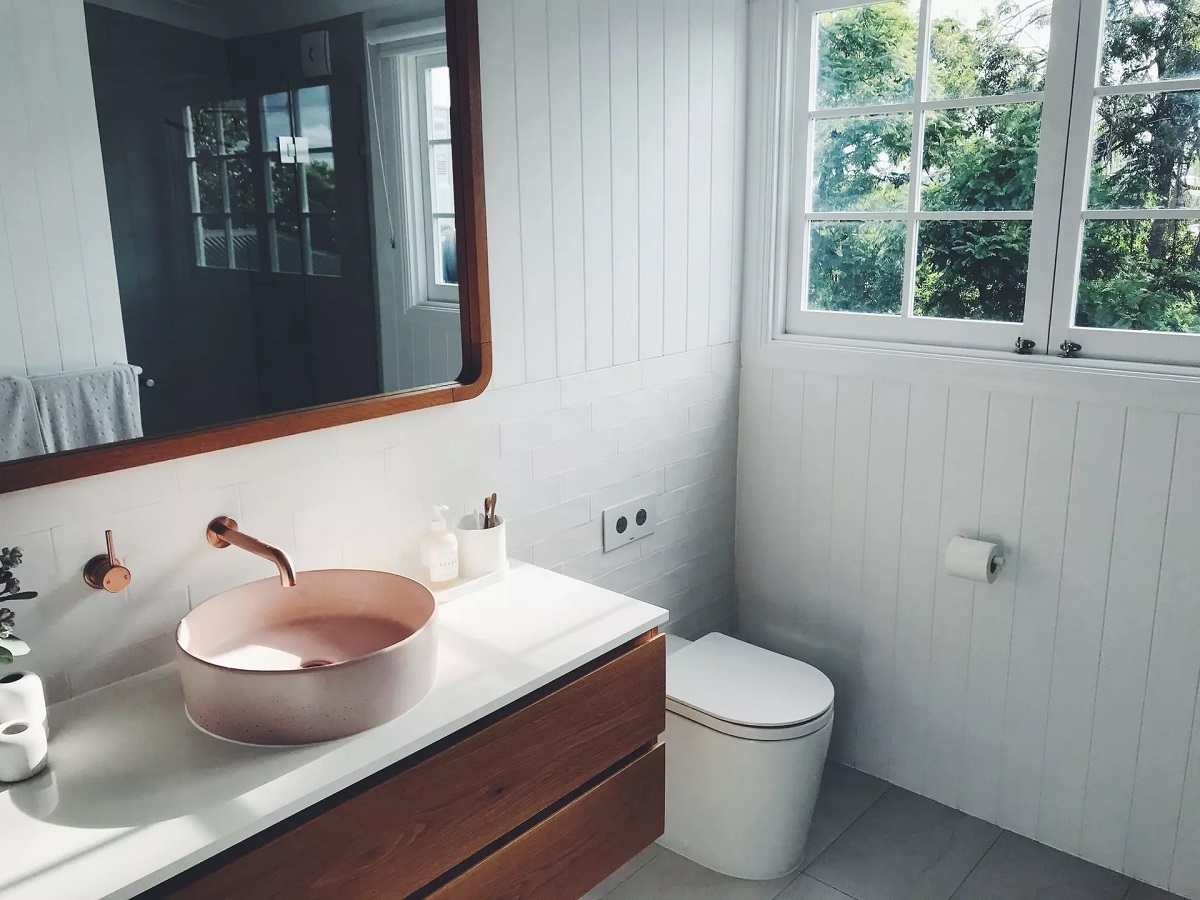
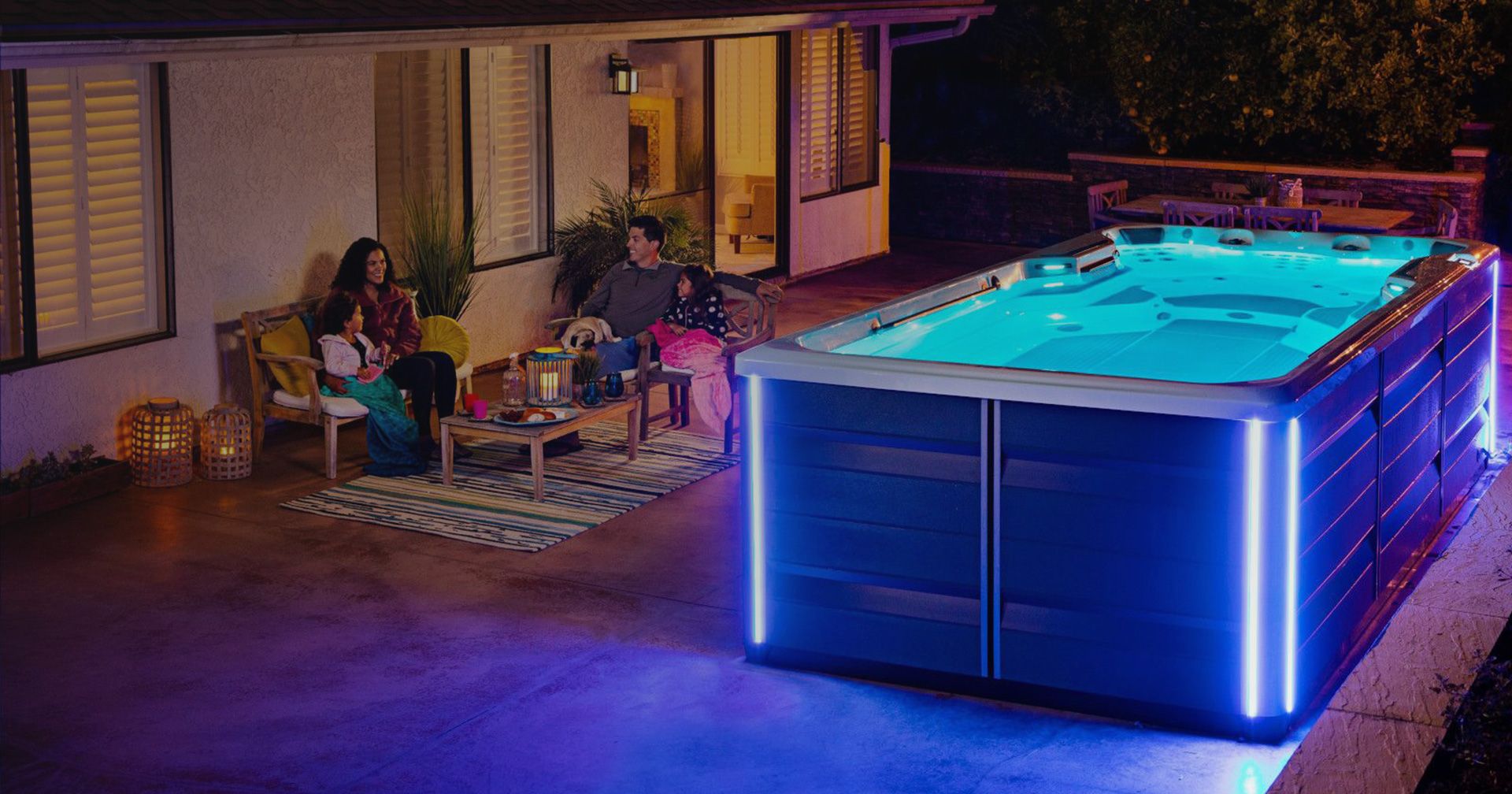
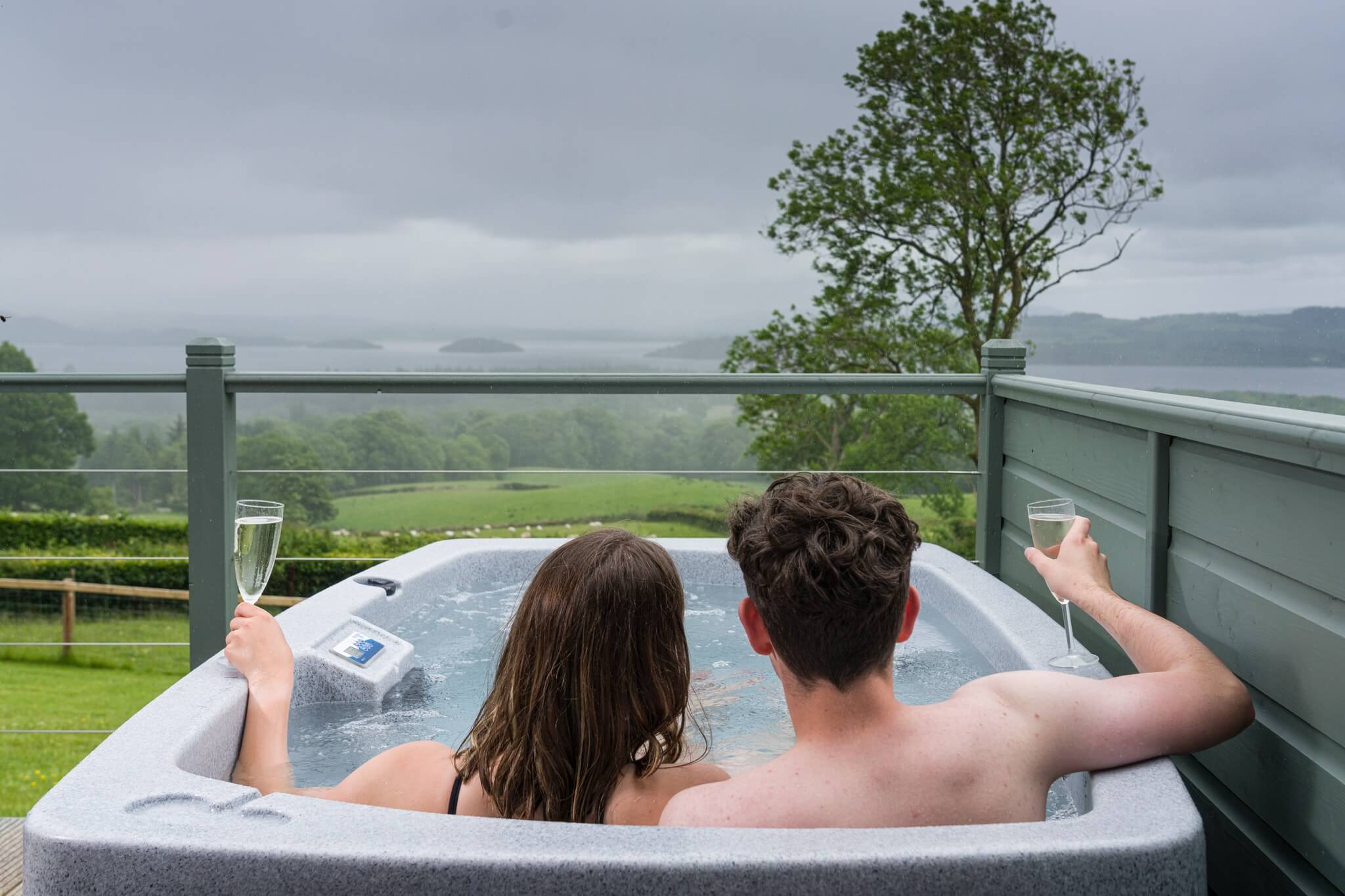
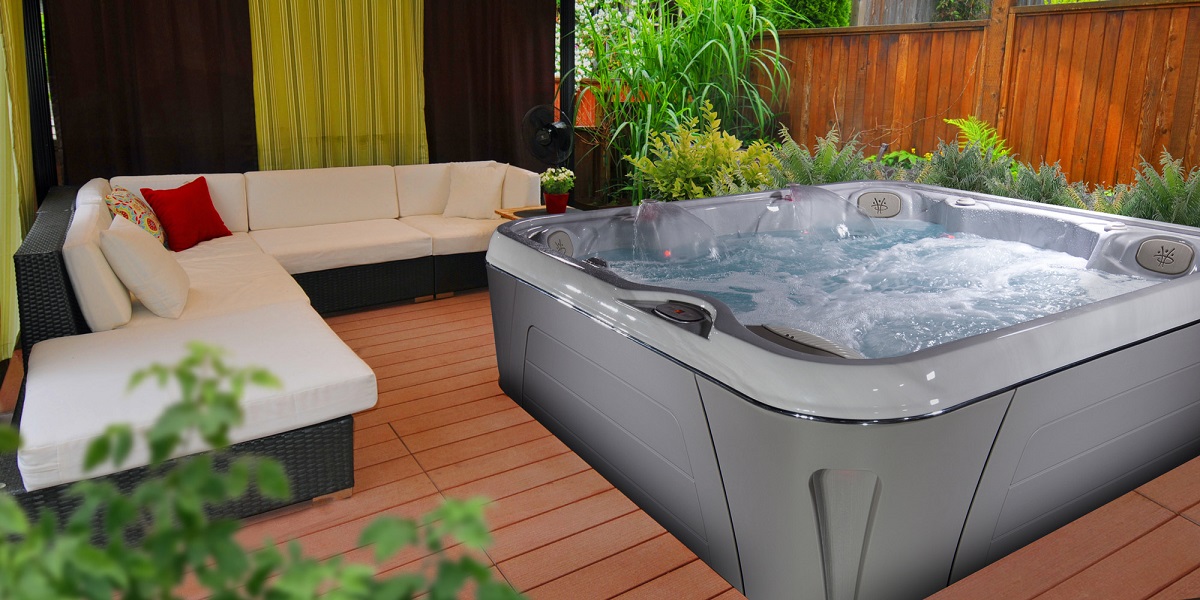
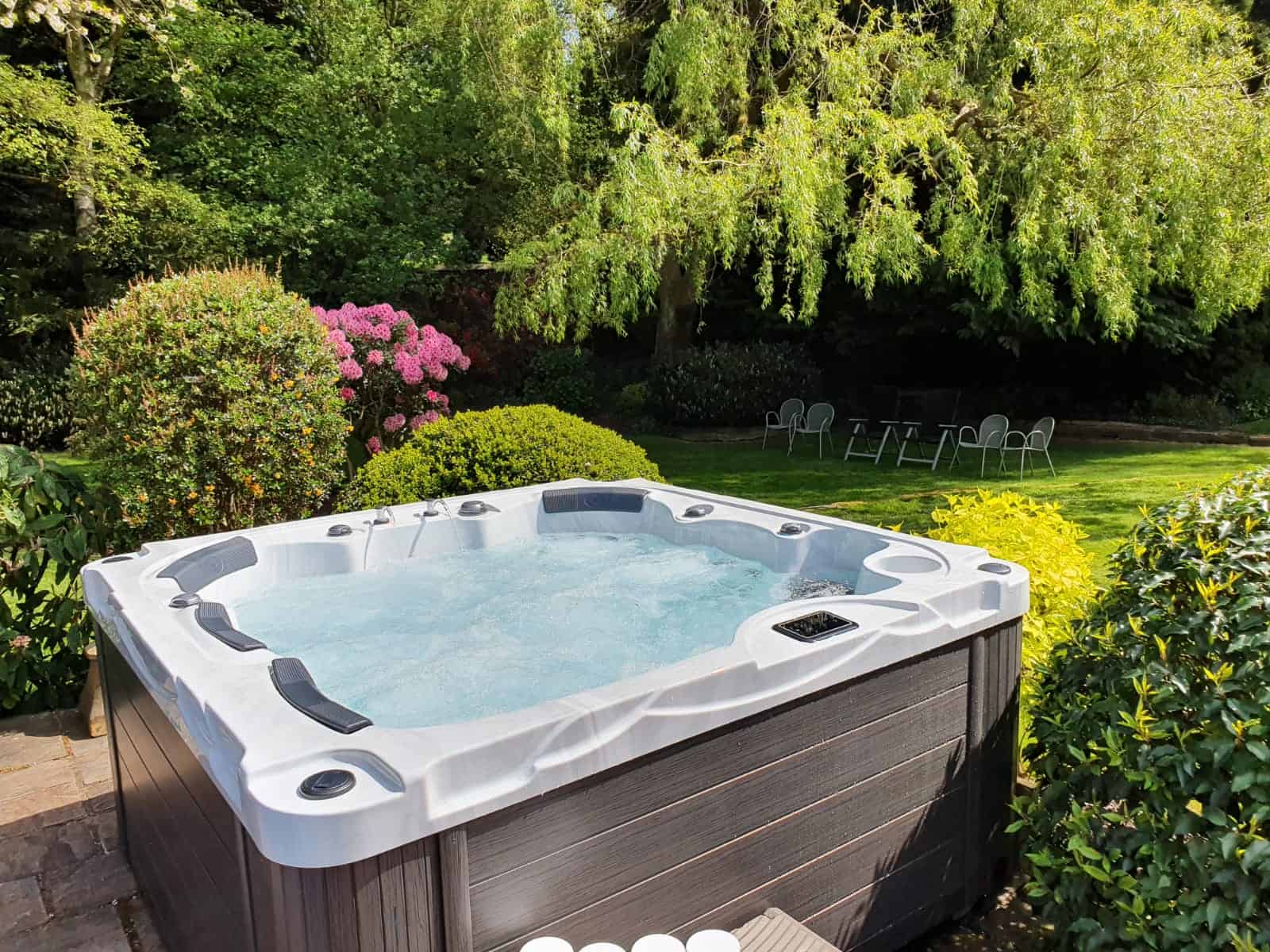
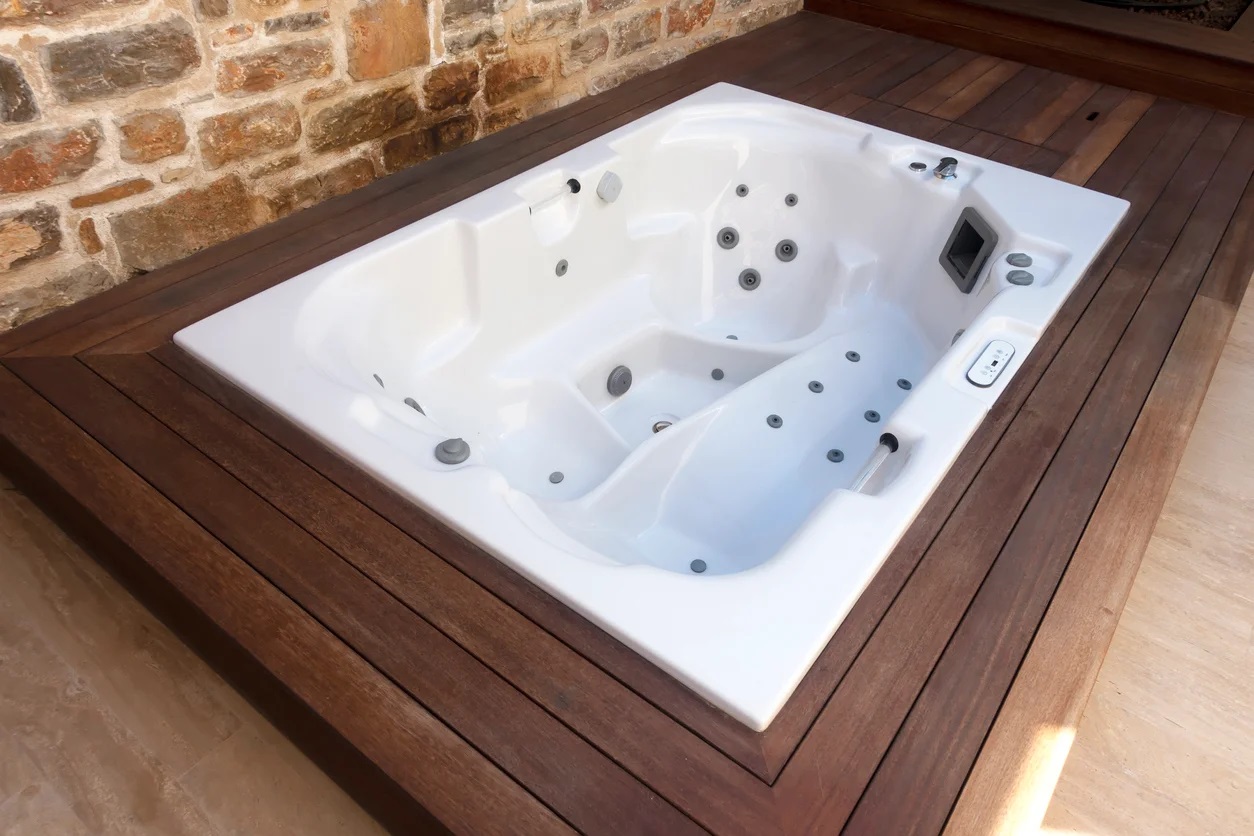

0 thoughts on “How Close Can Hot Tub Be To House”